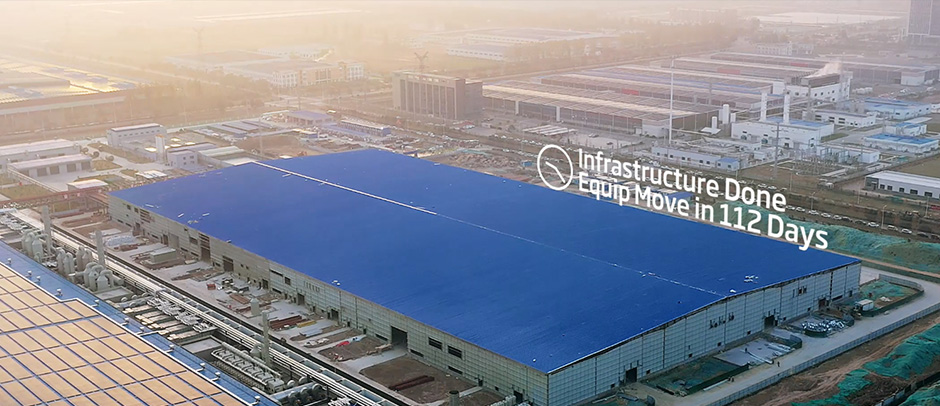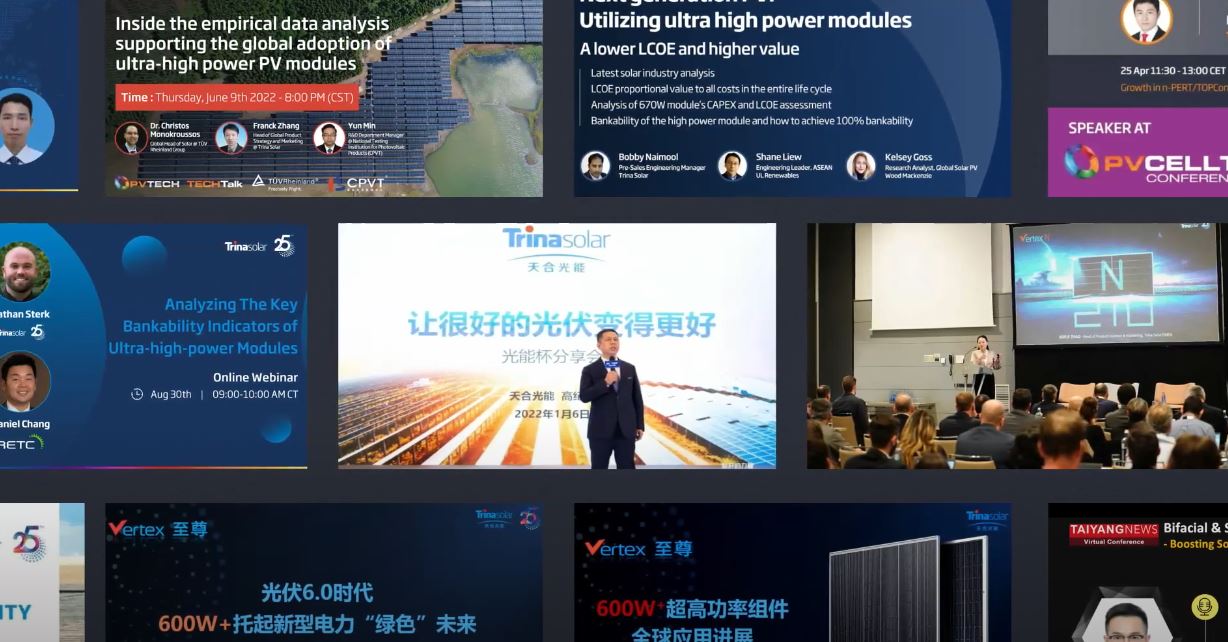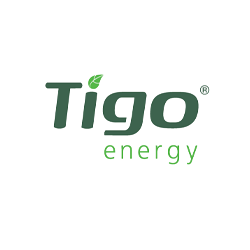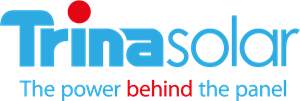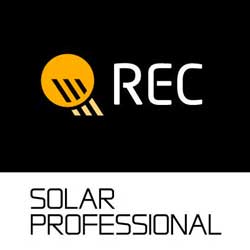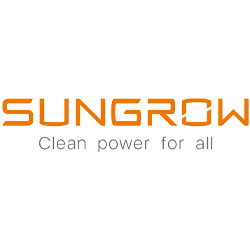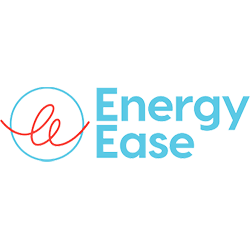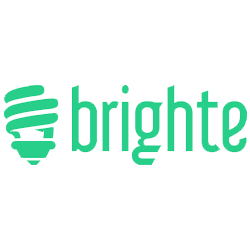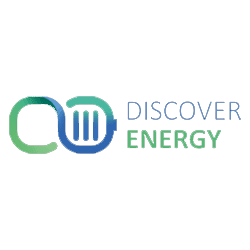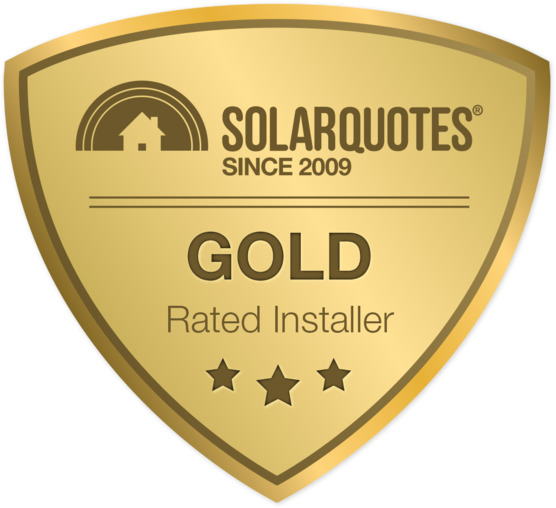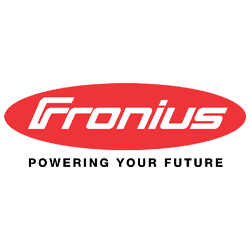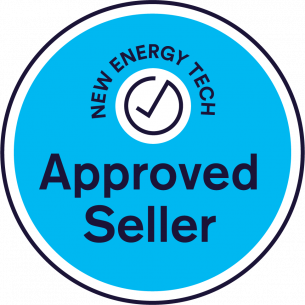Trina Solar Panels
SolarWide's Commitment to Quality and Reliability
The Sunshine Coast presents unique challenges for solar systems due to its high heat, humidity, and proximity to the beach. These conditions can take a toll on solar panels and inverters, especially considering the area’s high salt levels and strong winds.
At SolarWide, we understand the importance of quality in such demanding environments. That’s why we exclusively offer top-tier products, avoiding the mid-range options altogether. By sticking to the quality end of the market, we’ve built a solid reputation for reliability, ensuring our customers experience fewer issues with their solar systems.
Trina Solar Panels
At SolarWide We Offer Trina Solar Panels
SolarWide is offering the Trina Solar Vertex S+ series of solar panels. These durable and long-lasting panels are made in China and have a strong 25 year product warranty.
Trina Solar has grown to be one of the largest manufacturers in the world. They have shipped over 150GW of modules which is the equivalent of planting over 11 billion trees. Trina has had an office and management team in Australia since 2009.
Trina has a variety of different models but to ensure quality, and in keeping with our quality solar ethos, we only offer their best panel. The Vertex S+ Glass/Glass N type 440W Trina solar panel.
Small in Size, Bigger on Power
Trina Solar’s new generation Vertex S+ is based on n type i-TOPCon technology with 210mm advanced platform. It adopts 1.6*1.6mm ultra-slim dual-glass design.
This lightweight product ensures higher power generation, high reliability and safety, and is easy to install. The monofacial NEG9R.28 comes with a white rear encapsulant for maximum output power, boasting up to 445Wp and reaching 22.3% efficiency and a black aluminum frame.
Quality is not an act, it's a habit
Why Trina Solar Panels
TrinaSolar’s products have always maintained high reliability and solid performance based on their commitment to quality-first policy. They tightly control quality over every step of the manufacturing process, from silicon crystallization to module deployment in the field.
Trina Solar guarantees the quality of their products with an industry-leading 25-year lifetime warranty.
Sustainability
Trina Solar is committed to providing cleaner energy solutions. We ensure our products and processes meet highest standards of environmental protection and have a proven track record of corporate social responsibility.
Committed to research and development, Trina Solar continues to set industry standards and benchmarks for performance and sustainability.
Founded in 1997 by Gao Jifan, Trina Solar helped change the industry, rapidly growing from one of the first PV enterprises in China to become a world leader in solar technology and manufacturing. Trina Solar reached a new milestone in 2020 when it was listed on the Shanghai Stock Exchange.
To date, Trina Solar has broken 26 world records on solar cell efficiency and module power. The unmatched level of innovation has made us global leaders in setting industry benchmarks for both quality and efficiency.
Trina Solar is committed to leading the way in smart solar energy solutions and facilitating the transformation of new power systems for a net-zero future.
SolarWide installers ensure we follow the manufacturer’s installation guidelines and ensure our inverter and racking choices match the Trina Solar panel quality.
The Best Solar Panels In 2024: According To Aussie Installers
Solar Quotes – Best Value Solar Panels in Australia: 2024
With insights from installers across Australia, Solar Quotes asked installers three crucial questions to discover which solar panels they rate as the best in the business for 2024.

Best Value 2024: First Place – Trina Solar
In the highly competitive “Every dollar counts” category, they look for panels offering the best bang for your buck without compromising on quality. This year’s winner Trina Solar has proven exceptional performance and affordability can indeed go hand in hand.
Dominating the category for the fourth year running, Trina Solar secures the top spot with 27% of the vote. Their Vertex S+ panels, with up to 22.5% efficiency, demonstrate Trina’s unwavering ability to deliver value for money without skimping on quality.

Best Solar Panels 2024: Third Place – Trina Solar
For those where cost is not a barrier, and only the best will do, this category showcases high-end solar panel technology.
Trina Solar proves they’re not just a champion of affordability, taking bronze with 14% of the vote in the prestigious “Money’s no object” category, demonstrating their versatility and broad appeal from budget to high-end solar installs.

Best After-Sales Support 2024 – Second Place – Trina Solar
In an era where long-term reliability is paramount, this category honours the brands backing their products with exceptional support:
Trina Solar Panels we offer
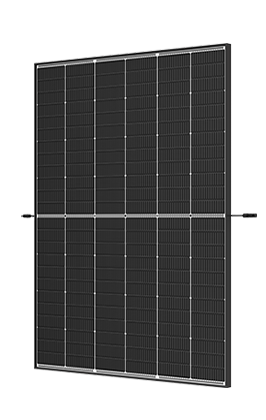

Trina Solar – Vertex S+ 440W – Monofacial Dual Glass Panels
Trina Solar Panels
FAQ's
Do solar panels perform better in hot weather?
It’s a sad fact that the hotter it gets, the worse solar panels perform. The problem is that when the temperature of a solar panel rises above about 25°C, the power output of the panel begins to degrade, especially for cheaper panels. .
In hot weather, many people will turn on their air conditioners, increasing demand for electricity. While it is natural to believe that bright sunlight would improve the performance of solar panels, allowing them to generate more power, this is not always the case.
Although Australia is a location that regularly receives very hot days especially in summer, this doesn’t mean your solar system will not operate at all. A 38°C degree day, can see temperatures of the panel on the roof reach 80 or even 90°C. This then means that you may produce 30 kilowatt hours per day rather than 40 kilowatt hours per day, which would have been possible at a 25°C day.
For this reason the temperature coefficient is important. It measures the panel’s loss of performance for every degree over 25°C.
Purchasing quality panels with high coefficient ratings means in hot weather when one needs solid solar system output to support for example air conditioning use, the quality panels will still perform well and create solid savings for you.
What is pmax and temperature coefficient?
The Pmax is the solar panel power output sweet spot, where the combination of volts and amps results in the highest wattage production. The wattage listed on a solar panel is the Pmax, where Pmax = Vmp x Imp under standard test conditions.
When solar panels are tested for maximum power output, they are subjected to a 25°C industry standard temperature. When the temperature rises above 25°C, solar panels begin to produce less power. The term “temperature coefficient” measures the percentage of power output wasted by a particular solar panel as the temperature rises above 25°C. To calculate this number, we divide the percentage of power lost at a specific degree measurement above the industry standard by the number of degrees above 25°C.
What is the history of panel and panel wattage development?
Going back 180 years the photovoltaic reaction was 1st observed by Alexandra Edmond Becquerel. Only 19 years of age he discovered in 1839 during experiments the operating principle of the solar cell. He was also the father of Henri Becquerel, one of the discoverers of radioactivity.
Over the following decades, the principle was observed over and over, but no one knew what to do with it, given also that electricity and its use was not widely discovered. Then nearly 50 years later in 1883 Charles Fritts, an American Inventor who decided to harness the principle and to develop the 1st working solar cell. While cells in residential panels nowadays can reach as much as 20% efficiency, the very early solar cells had an efficiency of less than 1%. Also, the need for gold to be involved in their production meant that they were commercially not viable.
The more practical use of solar cells began in the 1940s when Russell Ohl, an American engineer who is recognized for taking out the initial patent on a light-sensitive device – also known as the modern Solar Cell. In those days and up to the 1960s the efficiency of the cell had reached around 5%.
In 1954 commercial manufacturers such as Bell Labs had moved into solar creating silicon solar cells with a world record efficiency of 6%. A solar-powered satellite developed by Vanguard followed in 1958. Further research into solar was funded as part of the space race of the US and USSR in the 1960s.
The Soyuz 1 capsule had the 1st manned spacecraft powered with solar cells, followed by Skylab in 1973, which had solar panels as their main power generating source.
Solar became familiar to the masses in the late 1970s and 1980s via solar-powered calculators and late phone chargers.
From the 1980s solar power cell development continued exceptionally so that in the mid-1990s average locally Australian produced solar panels had an 80W capacity. By 2006, the panels had reached a staggering 165 Watts. IN 2009 the average panel in Australia had reached 175W, dominated by Suntech and Sharp as the 2 key local suppliers.
Then in 2010 came to the development of a larger footprint panel of approx 1.60m to 1mwide footprint and a weight of 20 -22kg. REC for a while held the local record with a 235W model.
Then in 2011 many new manufacturers entered the market, most of them focusing on a 250W model. It made it easy to sell a 2, 3 or 4 kW system. After a period of relative stability, cell research in 2013 saw the key local panels reach from 260 to 275W.
By 2014 some manufacturers had pushed the wattage to 300W and 2 years of relatively stable wattage of 300 to 320W followed up to 2017.
In 2018 some solar panel leaders started to release 335W models followed by 340 to 350W in 2019. The improvement in output was a combination of increased cell efficiency technology, the treatment of the surface glass to gain more light absorption and the increase of cell size and subsequently also the panel size.
While 5 years ago many panels were 1.60 to.1.64m high and 1m wide, many panels are now 1750 mm to 1950 mm high and 1005 to 1100 mm wide. Therefore the wattage nowadays is reaching 370w and even over 400W for residential panels. Nevertheless, since the 330W range, the wattage increases are mainly due to increases in panel sizes. This has made installing panels a little more challenging for the installer community as the weight of these larger panels has increased. They can be also more challenging to fit on a smaller roof.
It is expected that in future years solar panels above 450W for residential solar will be released but we do expect that the race to higher wattage will start to slow as the panels can’t get much bigger or they will be too hard to fit on a roof and handle.
Why pay more for quality solar panels?
Many panel manufacturers are operating in the Australian market, but how do you know which ones will withstand the test of time? And which companies will be around to honour warranties if an issue is to occur? There is a high chance you are probably not sure, and unfortunately, a lot of our competitors also do not seem to know either.
At SolarWide, we have never used products at the cheap end of the market as we always intended to be around for a long period of time, and we are proud now to be already a 2nd generation solar company.
Ten years after we opened our doors we’re still here and growing. So, what have we been doing different, to the over 40 Sunshine Coast solar businesses that have come and gone?
In the early days, we offered panels in the mid-range, to a mixed result. Today we focus purely on providing premium solar options to our customers, as that’s the only system quality, which we have seen stand the test of time.
We’ve tried a few different solar panel brands over the years to bring the price down, but we have experienced and seen too many issues.
We regularly see solar panels on the Sunshine Coast from solar panel manufacturers such as Jinko Solar, Canadian Solar, JA, Trina Solar & more recently Longi, and Seraphimat budget prices with very long warranties. It seems no one is asking the question, how can these warranties be financed, when the profit margin is so slim.
At SolarWide, we prefer to keep to have a low number of repair call outs and for this reason, will only sell reliable panels and inverters. For this reason, we nowadays only offer quality solar panels, from reputable brands such as REC.
Many electrical and solar companies offer lower-cost brands, but they’re mass-produced, and the biggest issue that we’ve found in this market is that quality control steps and corners get cut to bring expenses down.
Rather than being consistently and built to last, unfortunately, many panels are now made to a price. As we get older and wiser, we’ve learnt the hard way as we have also used some of these brands in the early days, but we’ve since found that this was not such a great idea.
When you try to compete in the low-end and mid-range of the market, you inevitably get an ever-growing number of failures and issues. We have previously used panels from well-respected volume producers and seen a greater than 50% failure rate.
But today, we understand that a range of problems can arise with solar systems, so quality control in the factory is crucial.
We don’t want to be worried about system failures, and we know that our customers don’t want to be concerned about it either so we feel it is best only to offer products that we know will last the test of time, and you will be looked after if there is an issue.
As a solar panel specialist on the Sunshine Coast, we have seen many solar brands come and go. They arrive in Australia with a huge marketing presence and are what we call the ‘flavour of the month’ but when the problems arise 1 or 2 years later, they cut and run.
It is amazing to think that in the past 10 years over 400 solar panel manufacturers have followed this path. When we started SolarWide in February 2011, solar panels were expensive. Today, there are panels available for about ten times less than what good panels were back then.
The industry has grown, and the production costs have been reduced, but that is still a significant price difference to comprehend.
Unfortunately, many companies produce solar panels to meet a manufacturing price point, rather than creating them to last and exceed the warranty’s length.
We would love to remain’ positive, but unfortunately, a manufacturer making panels at such a low cost is likely to experience quality issues and severe faults. They are increasingly placing their customer in a challenging position. The customer may have to fork out more money to fix or replace the panel issue, and will waste a lot of time chasing non-existent “paper warranties”.
What is the solar module efficiency?
Solar panels generate electricity by utilising the light of the sun. While the sun generates energy across the entire light spectrum, we are currently only able to capture a certain l percentage of the spectrum to convert it into electricity using photovoltaic technology. To boost the efficiency of solar modules, research and innovation teams from various energy companies and scientific organizations are working to reveal ways to convert more of the sun’s visible light into usable energy. The module efficiency rating on the datasheet of solar panels measures the percentage of sunlight that hits the panel and which is converted into electricity. The High-quality panels range in efficiency from 19 to 22% which by industry standards is a high percentage
The higher the efficiency rating, the more output will be generated per panel and therefore the fewer panels one will need to build a solar power system that meets your energy needs.
It is however worth mentioning that solar panel efficiency isn’t all that important for a standard residential solar system as we are talking about such a small number of solar panels. It does become more important with larger commercial solar systems where you have hundreds or even thousands of solar panels.
One thing that we have noticed is that some cheaper manufacturers unfortunately try to look better by having a higher efficiency rating. They do this by reducing the gap between the edge of the solar cell and frame.
If for example you have solar cells capable of producing 370w of power in a solar panel frame that is 1.75sqm in size and you had another panel with the same cells but in a frame that was only 1.70sqm the latter one would be shown to have higher efficiency and an uneducated solar power buyer might assume that it is better.
However, when you look at the two panels that are both using the same cells, the one with the smaller frame would have the cells much closer to the edge of the frame. This looks good on a solar panel datasheet as the efficiency is higher, but in the real world, the dirt will collect against the edge of the frame and eventually will shade the one with the cells near the edge much sooner than the one with the larger frame as the cells are further away from the edge, therefore, the one with the lower efficiency but built properly with good gaps around the edge will work better than the one that is shown to have higher efficiency.
